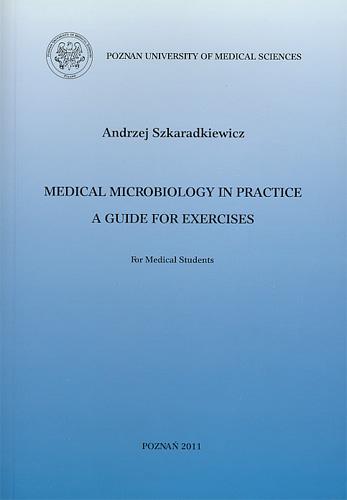Medical microbiology in practice. A guide for exercises
Preface
Medical microbiology is a branch of science related to microorganisms which are pathogenic for man. Progress in microbiology as well as the introduction of molecular biological methods have resulted not only in the detection of new bacteria and viruses but has also lead to more effective techniques of combating microorganisms. However, pathogenic microorganisms which have already been recognised in detail cause 1/3 of deaths of humans in the world. Knowledge of microbiology proved valuable across the whole spectrum of medicine. Microbiology is a practical science and, therefore, the laboratory classes will constitute the foundation for instruction. Recognition of pathogenic microorganisms during the exercises will lead to understanding of the etiopathogenesis of diseases as well as of laboratory diagnostics, therapy and prophylaxis. The practical teaching of medical microbiology requires specifi preparation of laboratory exercises and efficient organisation of time to secure maximum effects. This guide will supply a summary of basic information about each of the classes and includes a detailed program of all the exercises as well as review questions, thus optimising the didactic process. The subject guide, prepared for the convenience of students, contains 20 exercises, including 16 classes in bacteriology, 1 in mycology, 2 in virology and 1 in methods of molecular biology. The last 3-5 exercises are devoted to practical application of medical microbiological knowledge in the difficult and complex process of clinical diagnosis. The guide was prepared after analysing relevant material in the United States Medical Licensing Examination (USMLE) for the years 2000-2005, taking into account our ten years experience of teaching Medical Microbiology to our English language students. The present, second and updated edition of the guide contains an altered chapter on exercises in clinical microbiology and has been supplemented by lists of most important pathogens. I trust that this updated didactic guide will help students in learning medical microbiology. I wish you good luck.
Prof. Andrzej Szkaradkiewicz

